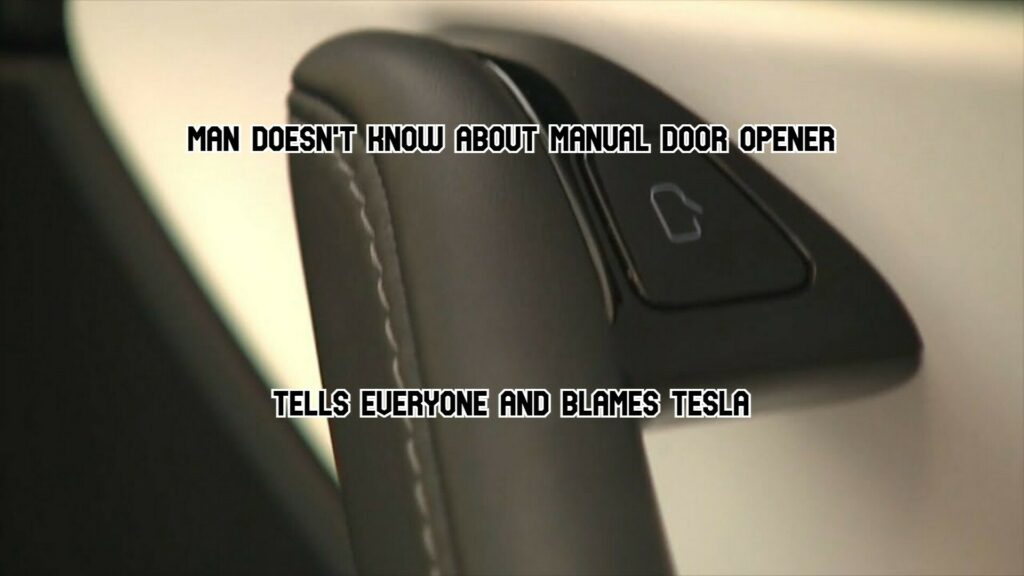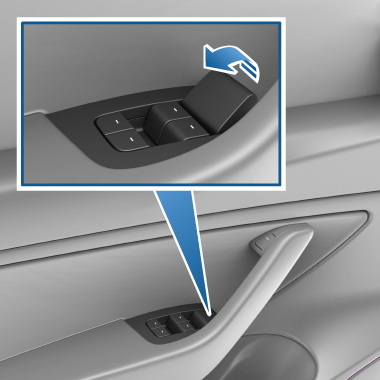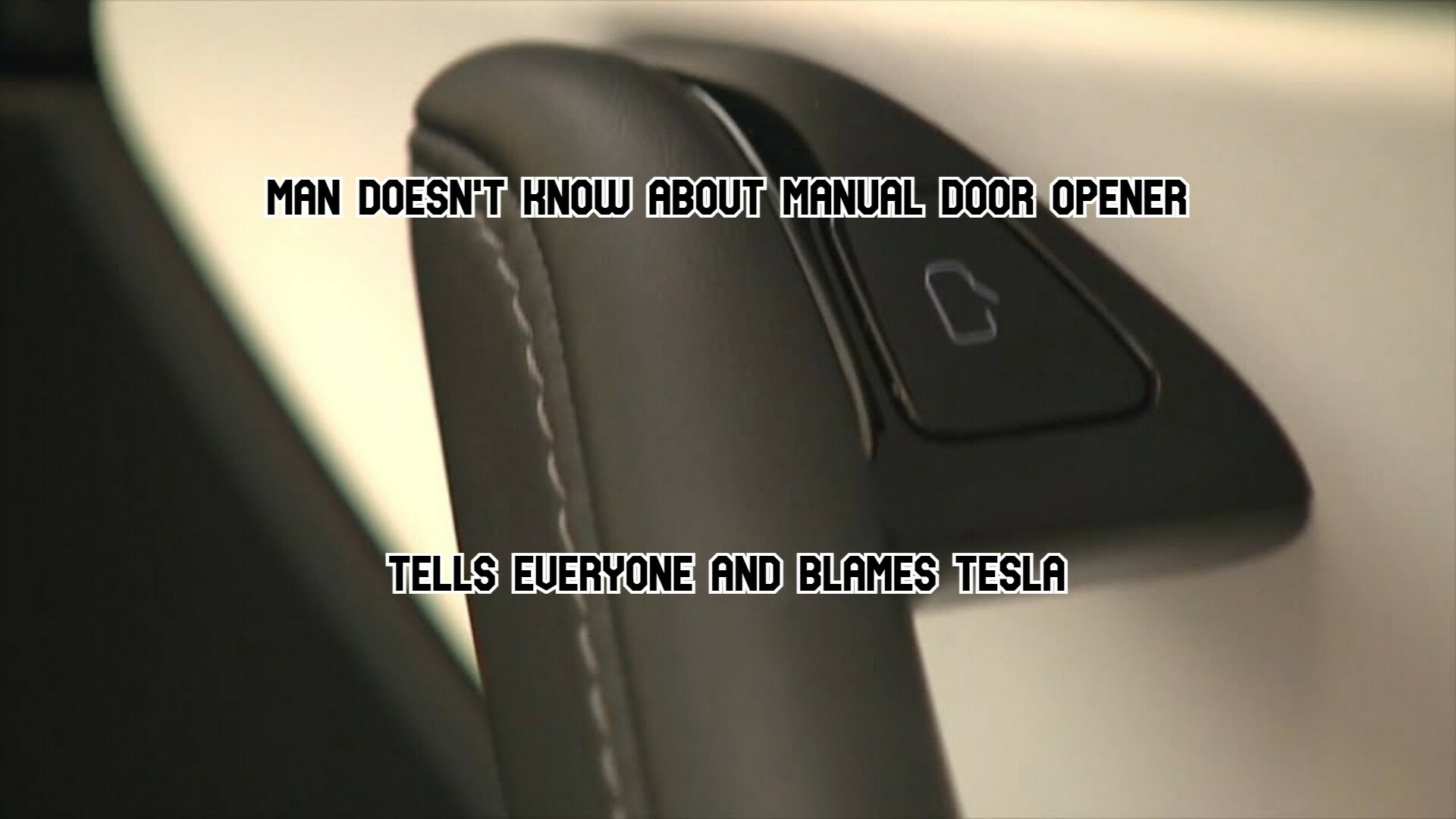The man is blaming the automaker even though the manual door opener was under his left hand the whole time
1 hour ago

A man in Arizona says that he was recently trapped in his Tesla after getting in, closing the door, and then realizing that his battery was dead. What he didn’t know is that the manual release for the door was under his left hand the whole time. Now, he’s blaming the automaker and raising awareness.
Rick Meggison, 73, says that Tesla needs to address what he calls a “safety concern” involving how to exit the car when the battery dies. The main door latch actuator on all Tesla models is electronic so if the 12-volt battery dies it won’t work. To ensure safe exit of the vehicle Tesla includes a manual release. Meggison didn’t know about that and ended up trapped in his car for 20 minutes on a hot day.
“I couldn’t open the doors. I couldn’t lower the windows. The computer was dead, so I couldn’t open the glove box. I couldn’t open anything,” he told ABC7. Of course, he could’ve opened the door in about two seconds had he known that the manual release was just ahead of his window switches. His situation has many wondering who’s to blame in situations like this.
advertisement scroll to continue
More: Tesla Will Open Store On Tribal Land To Bypass Connecticut’s Direct-Sales Ban

Tesla outlines the procedure in its owner’s manual but how many folks actually read through such a document? It’s clear from complaints to the NHTSA that quite a few Tesla owners face similar issues without knowing about the simple solutions available to them.
In one case, an owner says that their dogs were trapped inside the car when the battery died. In a case like that Tesla offers owners a way to manually open the frunk and power the battery back up to open the doors.
That information only matters though when owners know about it. Those who rent a Tesla are even less likely to understand how to extricate themselves should they be in a similar solution. Meggison believes that an earlier alert from Tesla about the state of the battery could be a huge help.
“It simply said replace your battery,” he explained. “It needs to say that earlier. It died first. I hope by letting people know about this that, maybe, we make people a little safer.” Tesla almost certainly has enough data to give owners a bit more notice ahead of a 12-volt battery failure.
Perhaps a warning message including the manual release procedure at the very first sign of trouble with the 12-volt battery could be beneficial. It’s worth noting too that other automakers follow a similar pattern to Tesla with an electronic door popper as the main component with a manual override subtly hidden in the cabin. So, what do you think? Who’s to blame here?
